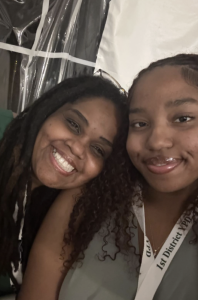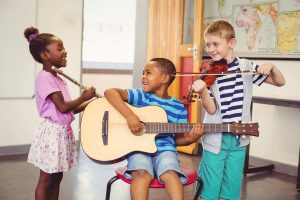
A toddler’s relationship with a stuffed animal or blanket is actually a part of early development: attachment to inanimate objects. While it might look like simple affection, new research suggests this behavior may be a deeper coping strategy tied to early childcare experiences and even genetics.
Researchers have explored this phenomenon using data from over 1,100 pairs of three-year-old twins. The researchers found that these “security objects” often serve as a way for kids to cope with separation and daily stress, especially when they spend time away from parents during the day.
As more children spend their days in childcare, early separation from caregivers has become part of modern family life. The study suggests that some kids cope with this separation by forming attachments to “security objects”. Examples are soft toys, blankets, or other items that provide comfort and continuity.
The study also found that both genes and environment play an equal role in whether a child develops an attachment to an object. Some kids may simply be more likely to seek comfort in familiar, cozy items.
Researchers found that comfort objects are a normal and healthy part of child development. They help children handle big emotions, sleep more easily, and feel secure when parents aren’t around. Over time, most kids naturally grow out of needing them as they become more independent, but when they’re in their young childhood, it’s something that provides needed comfort for them.
If you want to read more, click here!
Angelina Stofka
UConn KIDS, Research Assistant








:max_bytes(150000):strip_icc()/great-ways-to-improve-your-memory-2795356-notext-final-ec993dd3d2cb40699d4df72547178ede.png)



